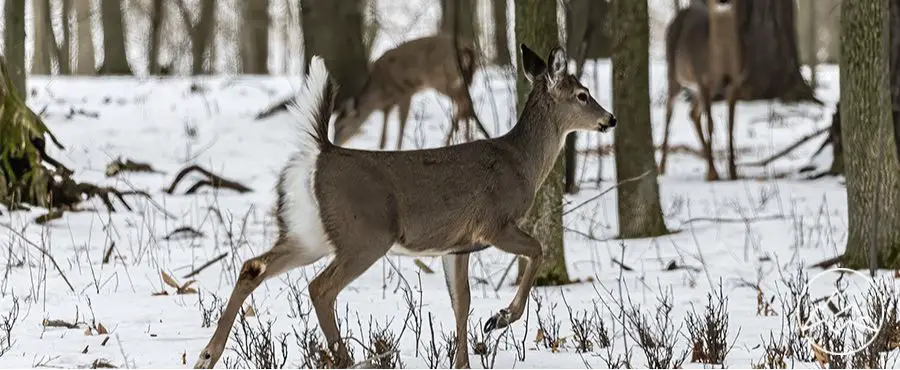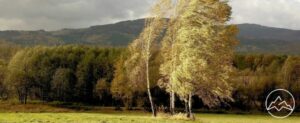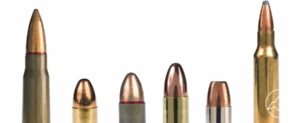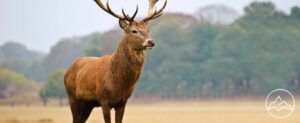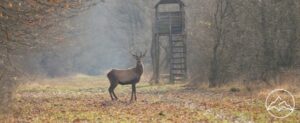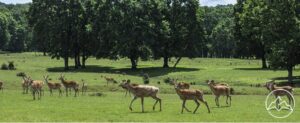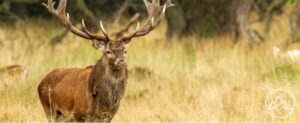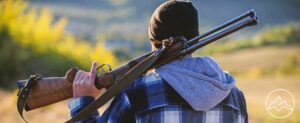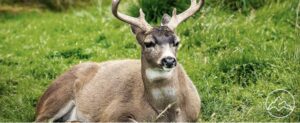Whitetail hunting is a complicated and skillful affair. But to do it successfully, you’ll need every advantage at your disposal. Keeping these five tactics for how to hunt whitetail deer can help improve your chances for success this hunting season.
1. Your odor is a problem
Any experienced hunter already knows the deer have fantastic senses of smell. A deer’s sense of smell is so good that it can detect a human odor from many miles away.
Therefore, it’s critical that you eliminate any artificial human odors before you step foot in the forest. Showering with soap that lacks any fragrance is a good idea to prevent deer from detecting you before you have a chance to see them.
Another good idea is to keep your hunting clothes in a sealed bag or backpack with leaves and dirt on your way to the hunting grounds. This will keep your hunting clothing smelling like the natural environment and prevent deer from detecting a noticeable difference when you begin stalking.
2. Deer are most active at dusk or dawn
Although dear will move throughout the day if they need to eat more to reach their daily calorie requirements, they are most often active at the beginning and end of the day. They tend to sleep or snooze in the hottest and brightest part of the day, which is often when they are most vulnerable to human predators due to increased visibility.
If you want the best chance to find an ideal buck for your next trophy, you’ll need to be set up and prepared before the sun comes up or shortly before it goes down.
This isn’t to say that deer never move around and eat during the day. They certainly do get up to graze, drink, and relieve themselves during the middle hours of each 24-hour cycle. However, many bucks won’t wander too far from their bedding area during this part of the day for safety and territorial reasons.3. Weather does not affect movement
Some hunters believe that deer change their movement patterns based on the weather. While it is true that the season can drastically affect feeding or movement patterns, such as seen during the yearly Rut, general weather alterations or shifts do not noticeably affect how deer behave.
They’ll still rise at dawn and start looking for food, then retreat to a safe location where they can keep a lookout while the rest. Then they’ll be back at their daily scavenging when the temperature starts to go down and visibility drops. Don’t rely on weather forecasts to try to predict when an optimal time for hunting whitetail deer is coming. Instead, you should rely on these potential factors to determine the best hunting times:- Time of day
- Season
- Predation level
- Whether or not the Rut is occurring
4. Water sources matter
Too many hunters get caught up thinking about food sources that they forget to remember water. Deer have to drink just like every living thing and being large animals, deer have to drink much more than many other creatures.
A typical 200-pound buck can drink anywhere from 3 to 5 quarts of water every day. That’s a ton of water and requires frequent visiting of streams or ponds to remain hydrated.
While staking out a known food source is a tried-and-true hunting technique, you shouldn’t discount the potential ambush spots that might be offered near rivers or streams. Since deer will visit watering locations several times a day at a minimum, you can be virtually guaranteed to spot one of the animals if you’re patient enough and have masked your scent appropriately.
You can also use the season to reliably predict deer water needs. In the summer, for instance, it’ll be hotter on average, and deer will need to drink more than during the winter months. Use this to your advantage to find a good river to stake out to set up your deer hunting blinds.
5. Don’t rely on food consistency
It’s not a good idea to stay put in one feeding location and assume that deer will simply continue to arrive one after one, totally oblivious to your presence. Deer are skittish and fickle by nature and are well adapted to grazing on the move.
They have no resistance to the idea of moving on from one spot and grazing as they go simply to prevent ambush predators (like humans) from catching them off guard. Successful deer hunts often require you to move frequently and follow signs of potential bucks. Don’t get caught in the idea of a perfect ambush and let the entire season go to waste.
Following the above tips, combined with some good practice and a steady reservoir of patients, is likely to lead you to great success during this deer hunting season. Good luck!

